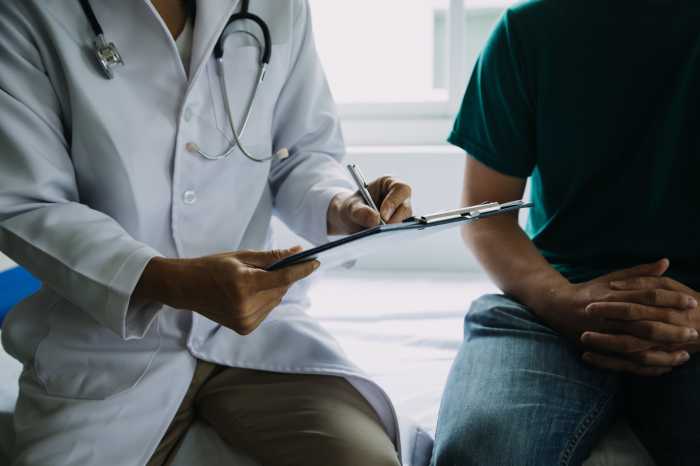In early 1969, a massive oil spill off Southern California killed thousands of birds, dolphins and seals, outraging the public. Then Ohio’s chemical-polluted Cuyahoga River caught fire. Belching smokestacks were part of our national landscape, along with mounds of roadside litter, toxic dumps, vanishing wilderness and gas-guzzling cars.
With the planet’s health at stake, Wisconsin Sen. Gaylord Nelson proposed an Earth Day celebration, to thrust environmental protection into our national conversation and the political agenda. It was a bipartisan success.
Some 20 million Americans participated in the inaugural event on April 22, 1970. Now Earth Day is marked worldwide, with events like tree-plantings and litter pickups.
On this 50th celebration Monday, it’s clear Nelson’s brainstorm has produced a wide range of victories.
50 years in
Most of our air and water are cleaner. Many endangered species have been protected. Lead has been removed from gasoline. DDT and PCBs are banned. The ozone layer is healing after bans on chemicals like chlorofluorocarbons.
But some challenges still are not met. New ones, like climate change, have arisen. And gains seemingly won are in danger of being lost in the Trump administration’s fervor to loosen regulatory restrictions.
The key to sustaining progress is to make every day Earth Day, and convert the zeal most of us feel for protecting the planet on this one day into action every other day to move us toward that goal.
The score card is mixed.
We don’t toss as much garbage out our car windows, but our tendency to buy cheap, disposable products instead of things that last, and to throw out old items instead of repairing or reusing them, continues unabated.
With climate change emerging as a top environmental concern, some people are installing solar arrays on their roofs, switching to hybrid or electric cars, and taking mass transit. But with pump prices relatively cheap, gas-thirsty vehicles like SUVs and pickup trucks are more popular.
A new critical mass
All of us have a role to play, and our individual contributions can add up to big changes. That’s true not just for what we do, but for what we say. Because safeguarding our Earth also requires government action, and that rarely happens without the public demanding it.
Massive public support in 1970 led to the formation that year of the federal Environmental Protection Agency, and to a flood of legislation that created the legal and regulatory framework for decades of environmental protections. Policies that ensued changed our own behavior — like nickel deposits on bottles and bans on plastic bags.
Climate change-related policies also are more likely to happen when a new critical mass of Americans protests loudly, and votes. The demand is growing. It’s why new buildings boast of meeting green building standards, why the food industry is producing burgers made with plants not beef, why wind and solar power are growing.
The battle has not changed. On one side are people seeking to protect the planet. On the other are corporations and their government enablers seeking to protect their bottom lines, and people who want cars that guzzle gas.
Join the fight. On this Earth Day, do something to make a difference. And do it again.
We’ve come a long way. It would be madness to go backward now.




































